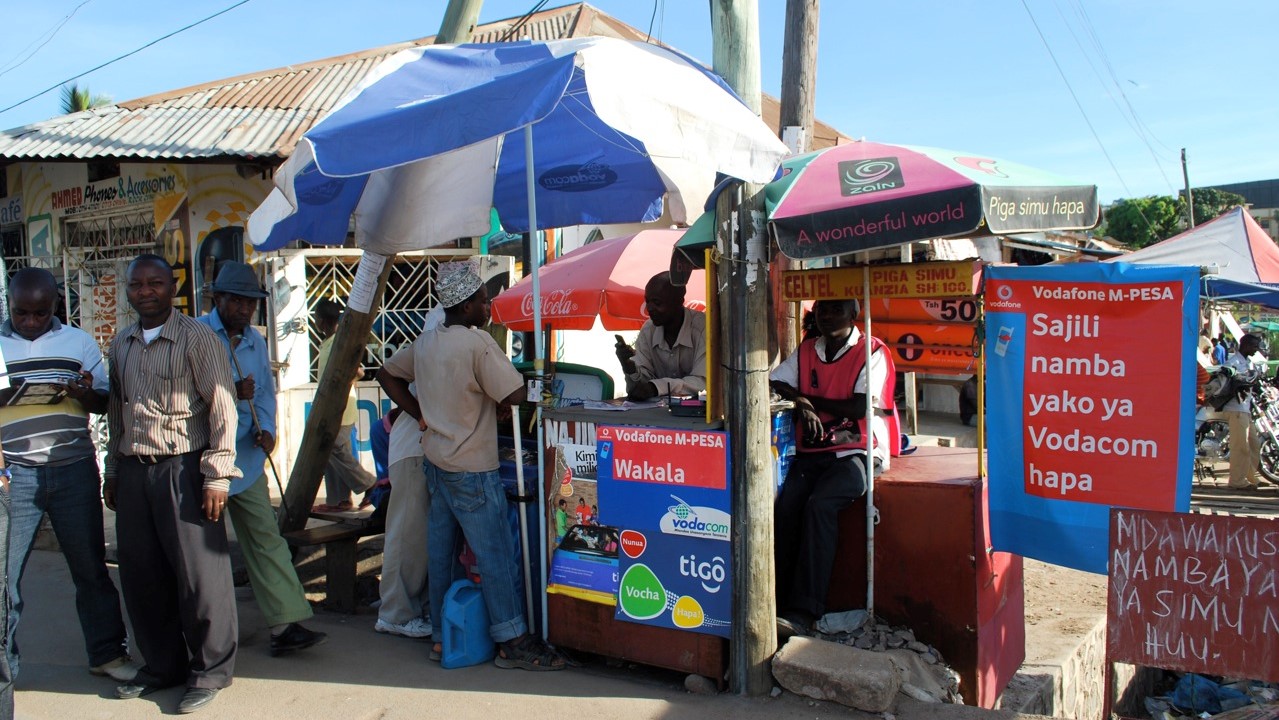Vodafone is the eighth company to quit Facebook’s digital currency project

British telecommunications firm Vodafone has pulled out of the Libra Association, raising further doubt that the digital currency will get off the ground this year as planned.
Another one bites the dust: Facebook unveiled the vision for Libra, which it has promised will promote “financial inclusion” around the world, in June. At the time, there were 28 members in the Libra Association, a nonprofit Facebook founded to manage the digital currency system. Then, in October, PayPal kicked off a string of high-profile exits including Visa, Mastercard, eBay, and Stripe. Vodafone is the first one to back out so far this year. Remaining members include Uber, Lyft, and Spotify.
Why? Vodafone told CoinDesk that it plans to devote resources previously meant for Libra to M-Pesa, its digital payments platform that is already established in several African nations, Afghanistan, India, and Romania. It is not clear whether Libra might represent competition for M-Pesa.
Project in peril? Since day one, Libra has faced skepticism and resistance from policymakers around the world, many of whom still aren’t sure of how to approach it from a regulatory standpoint. The backlash has likely contributed to the exits of many of its most high-profile members. Although the goal is to launch the currency this year, with 100 total members, it won’t be surprising if it doesn’t make that deadline—as Facebook itself has acknowledged.
Glass half full: Still, the Libra Association has consistently said the project is not in trouble, and that it will take as long as necessary to ensure the approval of regulators before launching. It has also said it still expects to have 100 total members by the time it launches. In October, the group said that more than 1,500 entities are interested in joining.
Keep up with the fast-moving and sometimes baffling world of cryptocurrencies and blockchains with our weekly newsletter Chain Letter. Subscribe here. It’s free!
Keep Reading
Most Popular
Large language models can do jaw-dropping things. But nobody knows exactly why.
And that's a problem. Figuring it out is one of the biggest scientific puzzles of our time and a crucial step towards controlling more powerful future models.
The problem with plug-in hybrids? Their drivers.
Plug-in hybrids are often sold as a transition to EVs, but new data from Europe shows we’re still underestimating the emissions they produce.
Google DeepMind’s new generative model makes Super Mario–like games from scratch
Genie learns how to control games by watching hours and hours of video. It could help train next-gen robots too.
How scientists traced a mysterious covid case back to six toilets
When wastewater surveillance turns into a hunt for a single infected individual, the ethics get tricky.
Stay connected
Get the latest updates from
MIT Technology Review
Discover special offers, top stories, upcoming events, and more.